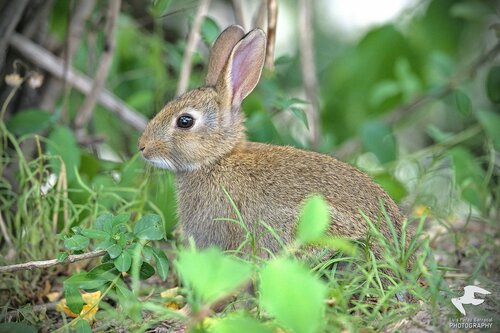
European rabbit
The Oryctolagus cuniculus, or European rabbit, thrives in diverse environments, forming intricate social structures in their burrowed warrens. These herbivores play a key role in their ecosystems, impacting vegetation and serving as prey for predators. With expressive gestures and sounds, they captivate with both subtlety and charm.
8 years
Lifespan
1.588 - 2.495 kg
Weight
Grey, Blue, Black, White, Gold, Chocolate
Color
3.5-4 months
Age of Sexual Maturity
1-2 months
Age of Weaning
Low
Aggression
Endangered
Conservation Status
Decreasing
Population Trend
Distribution Range of the European rabbit
Originally, the European rabbit (Oryctolagus cuniculus) is native to the Iberian Peninsula, encompassing modern-day Spain and Portugal, and parts of northwestern Africa.
European rabbit's Habitat
Environmental Conditions
The European rabbit typically inhabits regions with a Mediterranean climate characterized by hot, dry summers and mild, wet winters. These areas often feature diverse vegetation, including mixed woodlands, grasslands, and shrublands.
Ecological Niche
Oryctolagus cuniculus favors areas with soft, sandy soils that facilitate burrowing. They can often be found in environments such as meadows, agricultural fields, and areas with light cover, allowing them to dig extensive warrens for shelter and breeding. Rabbits are herbivores, feeding on a variety of grasses, leaves, and shoots, and play a crucial role in their ecosystems as both prey for predators and as seed dispersers, affecting vegetation dynamics.
Copyright @ Nature Style Limited. All Rights Reserved.
 English
English